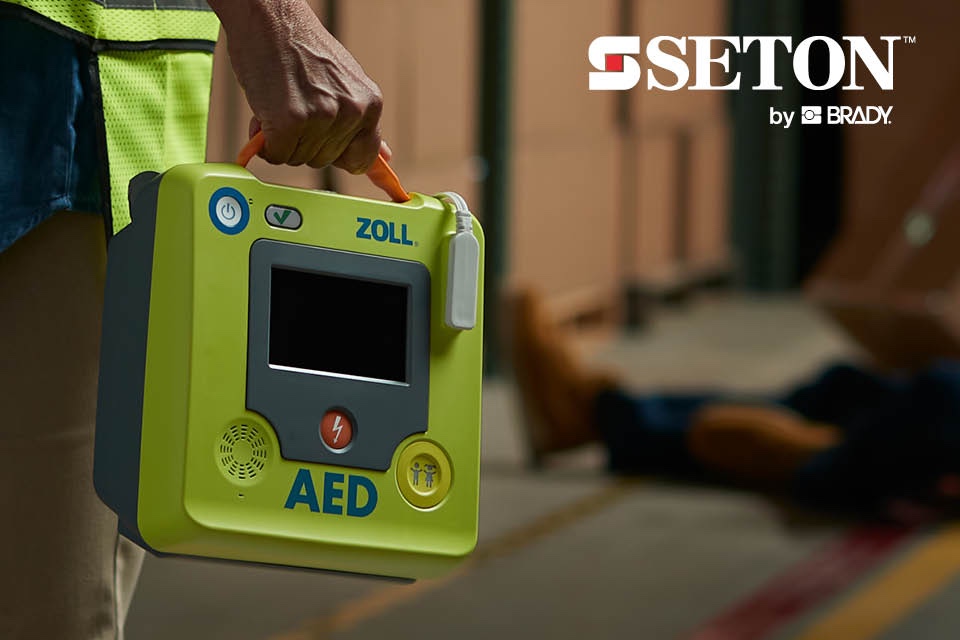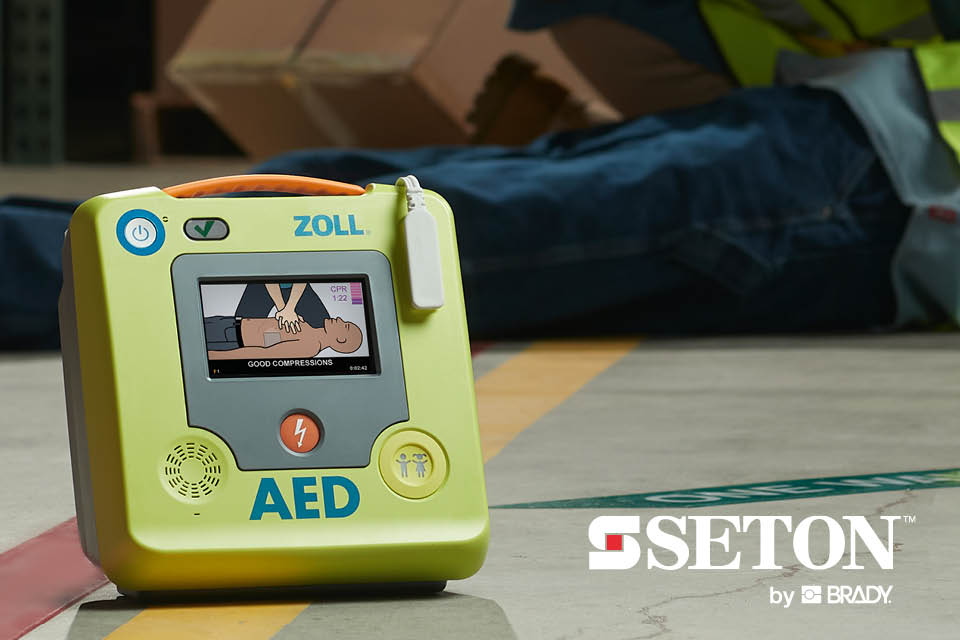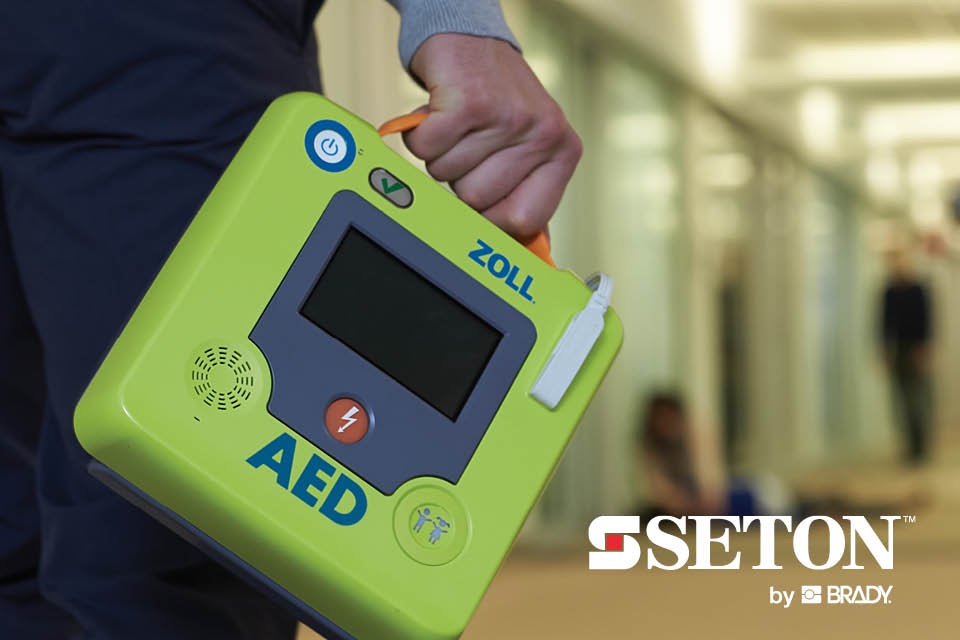Having an Automated External Defibrillator (AED) in your workplace could prove to be the difference between life and death if someone on site suffers from a sudden cardiac arrest. However, it is equally important to ensure that people on site know where the AED unit is and have easy access to it during an emergency.
When installing an AED on site, you should consider the following:
Building Layout
AEDs should be placed in easily accessible locations throughout the premises. This helps to ensure the AED can be reached from the majority of locations. Ensure the unit is not obstructed by furniture or equipment. Areas with high-footfall, such as entrances, are also excellent places to install an AED, as it is more likely to be noticed and reached quickly in an emergency.
Employee Density
Assess the distribution of where your employees are stationed within your premises. If certain floors or areas have a greater concentration of people, it is better to equip these areas with an AED. Review your premises floor plan and arrange for AEDs to be installed in canteens where employees gather as a cardiac arrest can happen at any time.
High-risk Areas
Physical activity can increase the risk of sudden cardiac arrest. If your premises has a fitness centre on site, you should install an AED within easy reach of this location. Warehouses, manufacturing plants or construction sites are also considered high-risk given the physical exertion required for staff members.
Visible and Accessible Locations
Quick access to an AED can significantly improve the chances of survival in cardiac emergencies. Safety signs enhance the visibility of the AED, making it easily noticeable and easier for individuals to access when time is of the essence. AED safety signs contribute to overall emergency preparedness in a facility and contribute to building a safety culture.
For more information about AEDs, visit seton.co.uk. With over 65 years’ experience, Seton is one of the leading manufacturers and distributors of safety and facilities management solutions.







